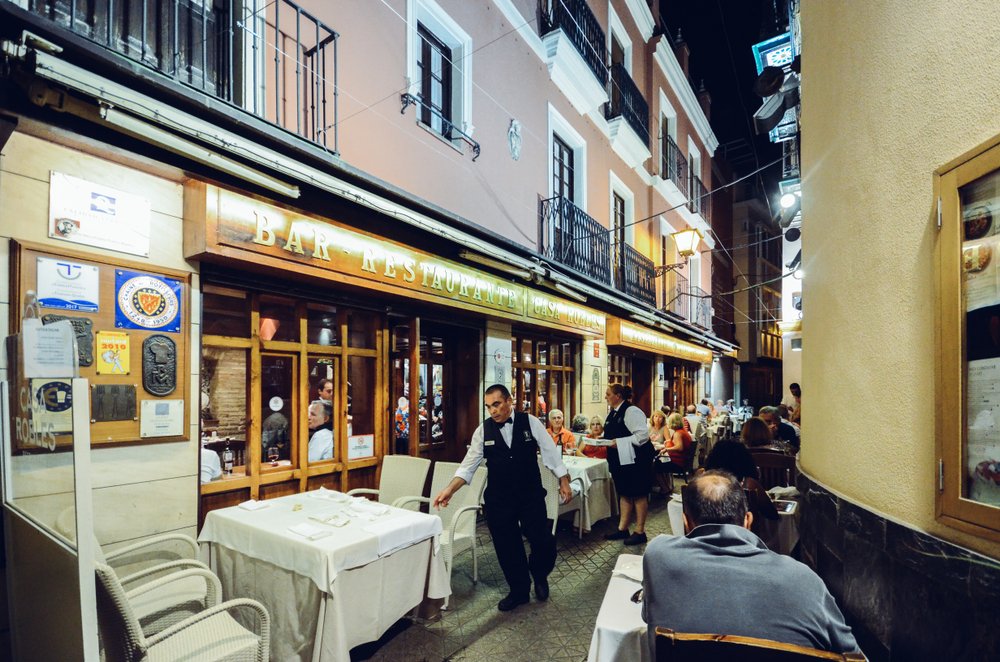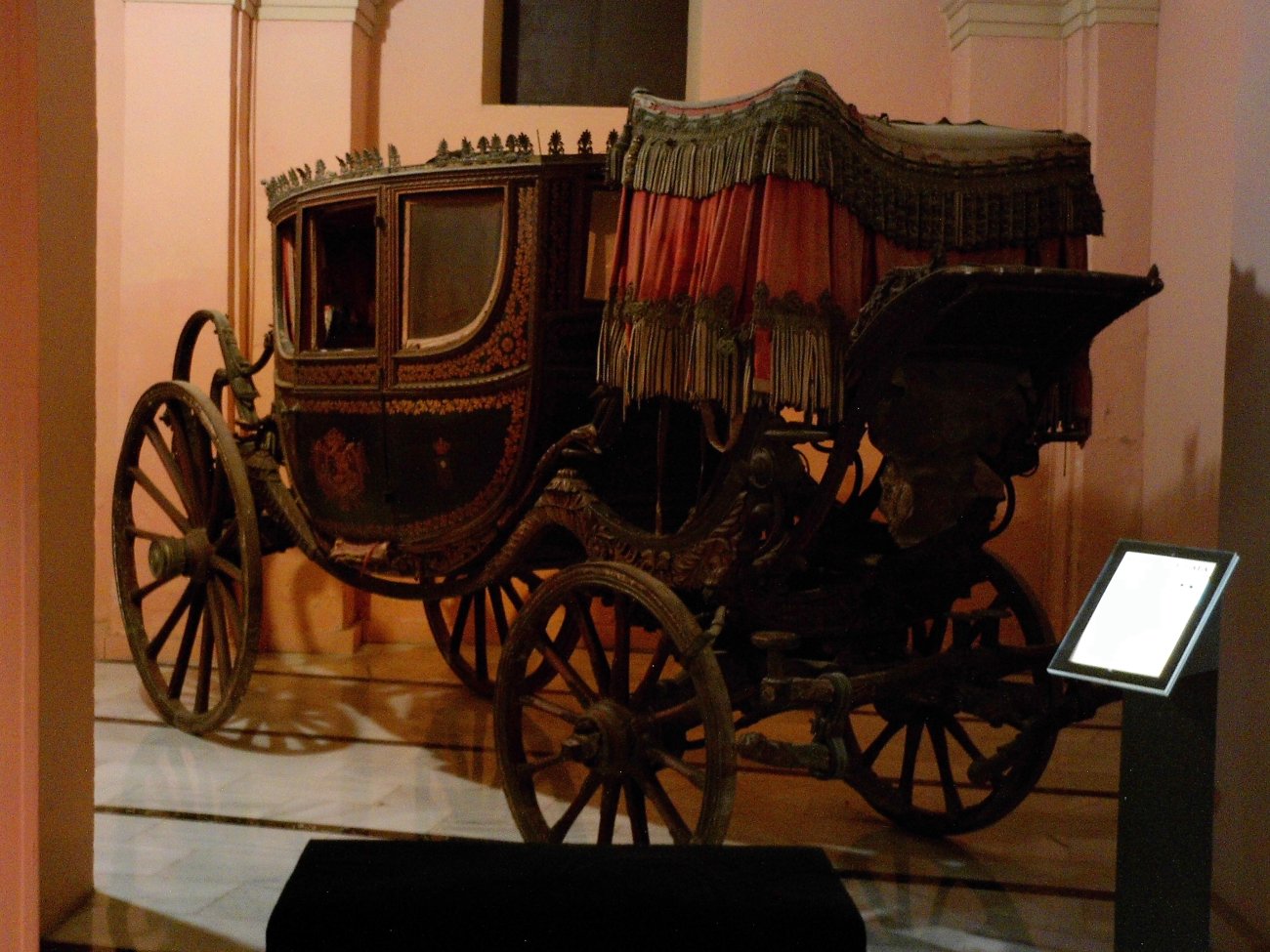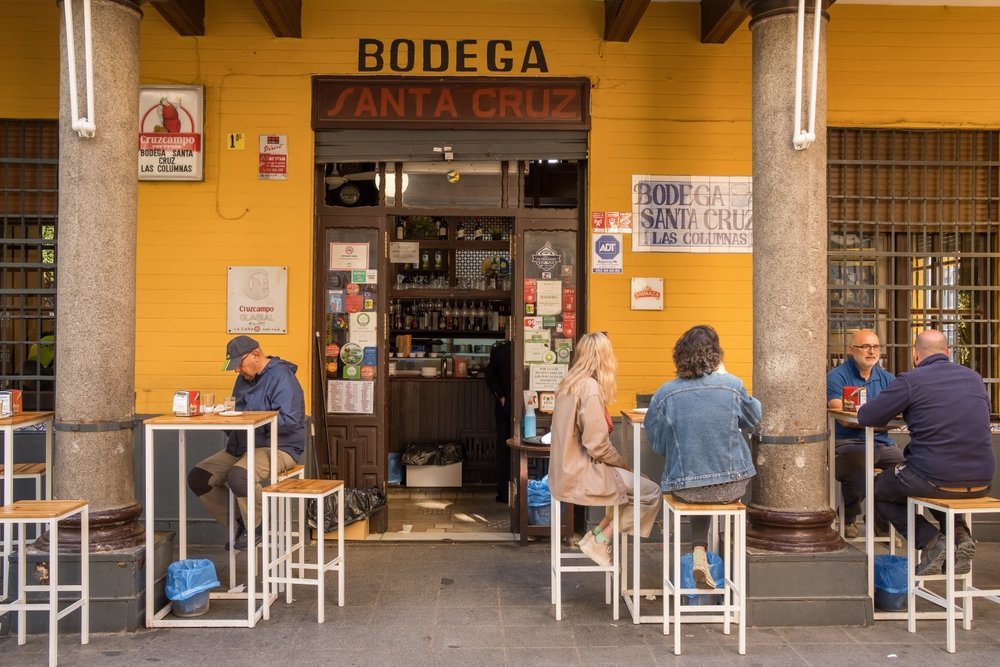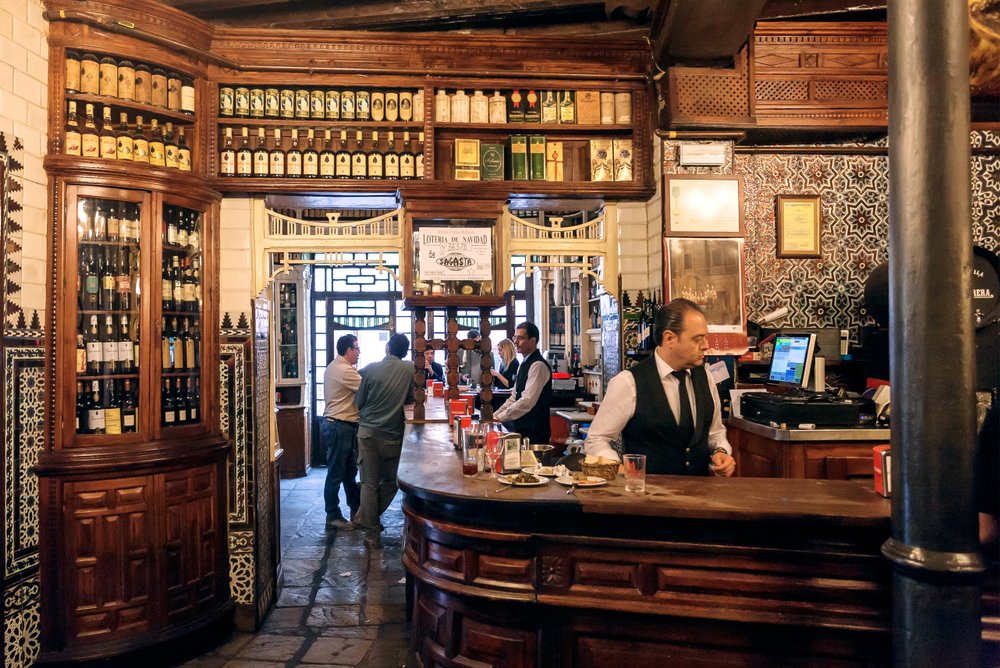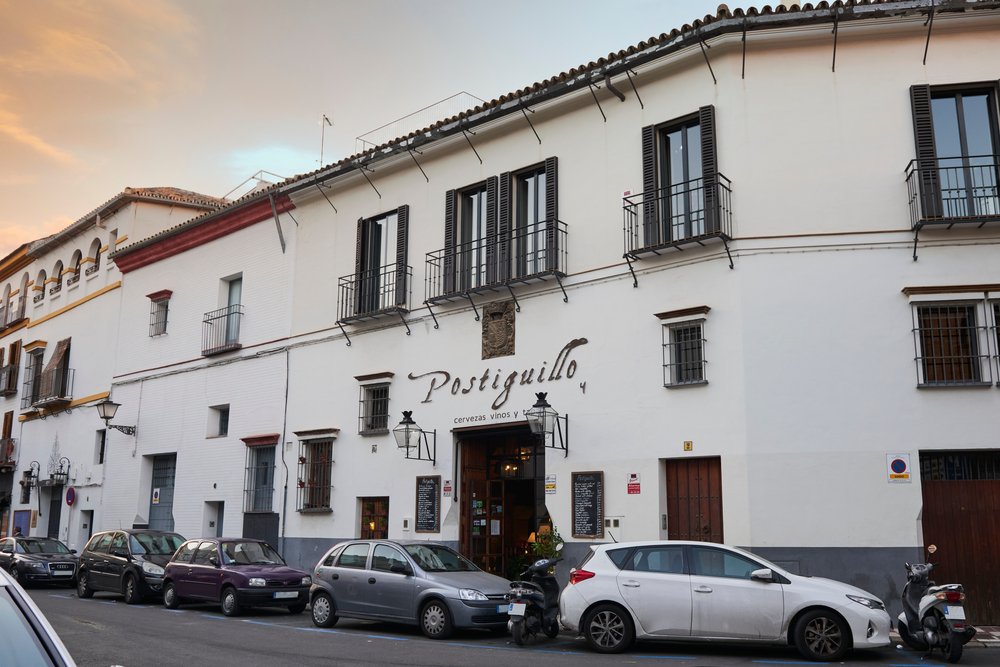The exhibition presented is diverse in types, creating an authentic feast for the senses for any visitor.
The Carriage Museum of Seville is housed in a former 16th-century convent, which was built on land that previously featured a small chapel dedicated to the Virgin of Remedies, established in 1526. This chapel was located by the Muelle de las Mulas, where sailors would pray before embarking on their journeys to the Americas, including the expedition of Magellan and Elcano, who initiated the first circumnavigation of the globe.
In 1573, the Archbishop of Seville decided to construct the convent of the same name for the Discalced Carmelites.
Over the years, the convent underwent many changes due to French looting and the Mendizábal Disentailment in the 19th century, which transformed it into a lumber warehouse after it was sold to private hands. It had various uses until the Cuban magnate Rafael González Abreu converted it into the headquarters of the Hispano-Cuban Institute of History of America around 1930, following an extensive renovation.
The museum is divided into four sections, each with a specific theme. The first room features three field and work carts. The second room is dedicated to urban carriages and showcases carriages for leisure and travel, allowing visitors to familiarize themselves with their design and use. The third room displays sports and hunting carriages, as well as a collection of carriage fittings. The fourth section includes a scenic reproduction of a horse, providing a detailed view of a harness. Each carriage is accompanied by information on panels, offering details about the specific piece and its historical context.
